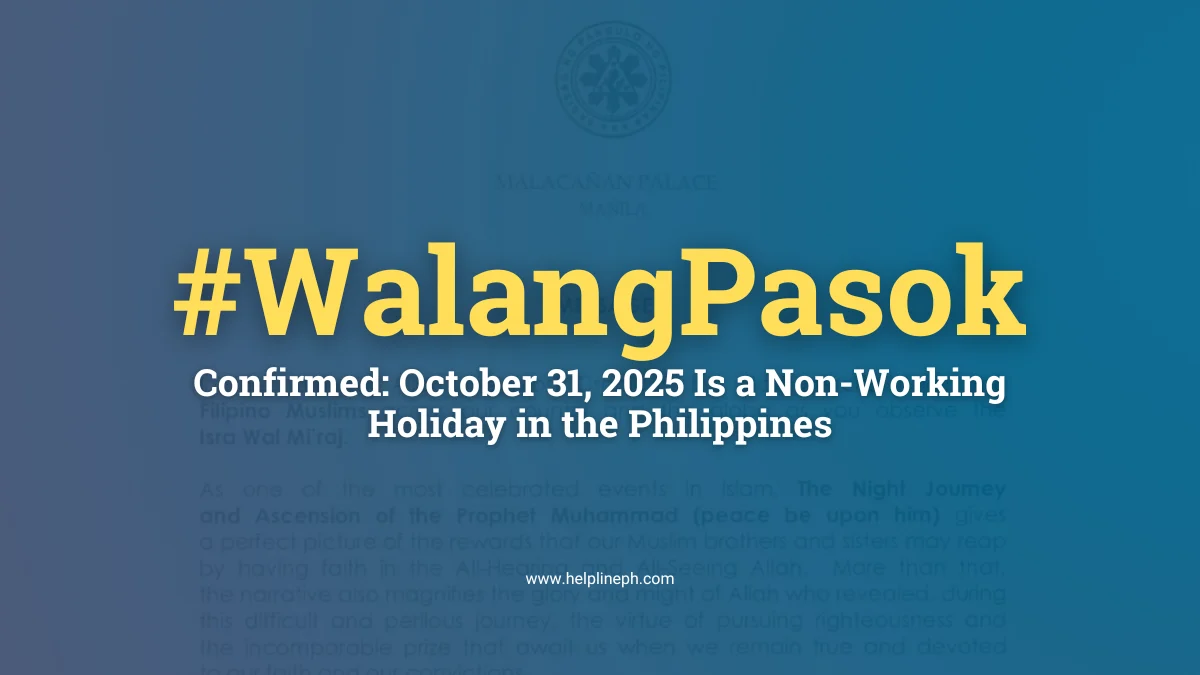Being angry is a natural part of being human. Everyone experiences anger at times, especially in challenging situations. It’s healthy to express emotions rather than keep them bottled up, as suppressing feelings can lead to stress or even illness.
When we think about jobs that are often prone to frustration, teaching is definitely at the top. Teachers experience a wide range of emotions, including anger. Although they are expected to stay calm and professional, there are moments when frustration gets the best of them. In this article, I will discuss some common reasons why teachers burst into anger during classroom discussions.
1. Students Not Paying Attention
One of the most common reasons teachers get angry is when students don’t listen during class. Sometimes, students find a subject boring or difficult to relate to, especially in high school. As a result, they zone out or stop paying attention.
I’ve encountered this many times as a teacher, and it’s very frustrating. Imagine standing in front of 50-60 students, trying your best to engage them, and only a handful are listening. It can feel like you’re wasting your breath, and it’s tough not to feel angry or upset when students don’t give you the respect and attention you deserve.
2. Students Doing Unrelated Work
Another thing that triggers anger is when students focus on things completely unrelated to the class. I once caught a few students working on projects for another subject during my lecture. This made me extremely frustrated because it showed a lack of respect for my time and effort.
As a teacher, you work hard to create lessons and ensure that every minute of class time is used productively. When students use your time to complete work for other subjects, it feels like they don’t value what you’re teaching.
3. Students Talking to Each Other
Talking during class is another major reason why teachers get angry. When students are chatting with their friends, it’s clear they aren’t focused on the lesson. It’s also disruptive to the rest of the class. I always try to maintain silence while teaching, as it’s essential for a productive learning environment.
When students start talking, I can’t help but feel disrespected. It’s like they’re saying that what I’m teaching doesn’t matter. That’s why I believe in enforcing disciplinary actions to remind students that talking during a lecture is not acceptable.
4. Students Using Their Phones
In today’s world, cellphones have become a big distraction in classrooms. Despite setting strict rules about phone use, some students still sneakily text or scroll through social media during lessons. This is incredibly frustrating for teachers.
While I’ve tried confiscating phones at the start of class, it’s not always practical or possible. It takes time away from the lesson and can become a hassle. But when a student is more interested in their phone than what I’m teaching, it’s hard not to feel disheartened and upset.
5. Students Struggling Despite Repeated Explanations
It’s not uncommon for teachers to repeat important points several times during a lesson to ensure everyone understands. However, there are moments when a student still can’t answer questions, even after multiple explanations.
As a teacher, this can be incredibly frustrating. You pour your heart into teaching and explaining things clearly, but some students still struggle. While it’s important to be patient, it’s natural to feel a bit upset when your efforts seem to go unnoticed or unappreciated.
6. Students Arriving Late
Latecomers are another source of frustration for teachers. When students walk in late without a valid excuse, it disrupts the flow of the lesson and shows a lack of consideration.
It’s understandable if a student is late once in a while due to unexpected circumstances, but when it happens repeatedly, it becomes a problem. Teachers work hard to maintain order and structure in the classroom, and late arrivals make it difficult to stay on track.
Teachers Are Only Human
If you’re a teacher reading this, you probably relate to many of the situations mentioned above. Teachers are human, too, and while we strive to be patient and understanding, there are moments when frustration gets the best of us. With classrooms often filled with 40-50 students, it’s impossible to expect everything to go smoothly all the time.
Teaching is one of the most rewarding jobs, but it’s also one of the toughest. Every day, teachers deal with students who have different personalities, backgrounds, and learning abilities. It takes a lot of patience, dedication, and effort to create a positive and productive classroom environment. While it’s natural to feel angry at times, it’s important to remember that these emotions are part of the job. What matters is how we handle them.
Frequently Asked Questions (FAQs)
Why do teachers get angry?
Teachers get angry when students don’t listen, disrupt the class, or show disrespect. It’s frustrating to spend time and energy on lessons only to be ignored or interrupted.
How can students help prevent teacher frustration?
Students can help by being attentive, showing respect, and following classroom rules. Active participation and being on time also go a long way in keeping the class environment positive.
Is it okay for teachers to express anger?
It’s normal for teachers to feel angry, but they should handle it professionally. Expressing frustration in a calm and constructive way is important to maintaining a respectful classroom atmosphere.
What should students do if a teacher gets angry?
If a teacher gets angry, students should remain calm, listen, and avoid arguing. It’s helpful to reflect on what might have caused the frustration and work to avoid those behaviors in the future.
How can teachers manage their anger?
Teachers can manage their anger by taking deep breaths, stepping back for a moment, and remembering that students are still learning. Staying calm and using positive discipline techniques can help maintain control.






